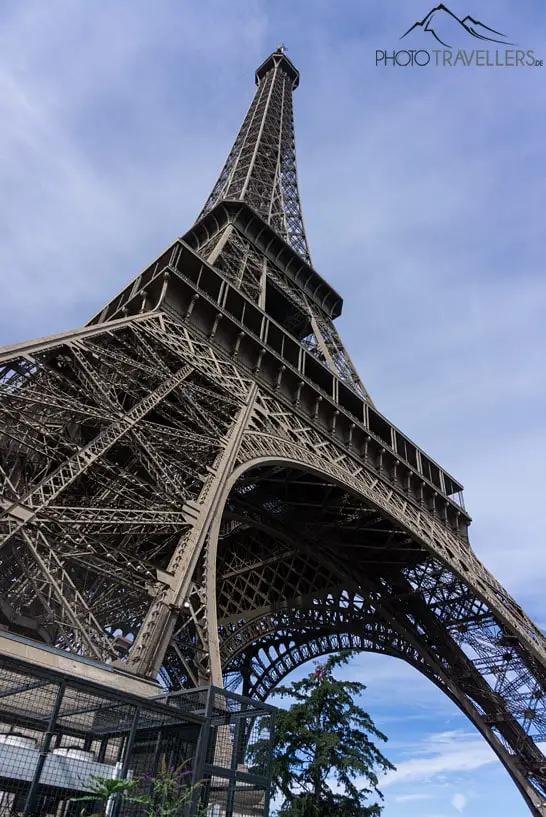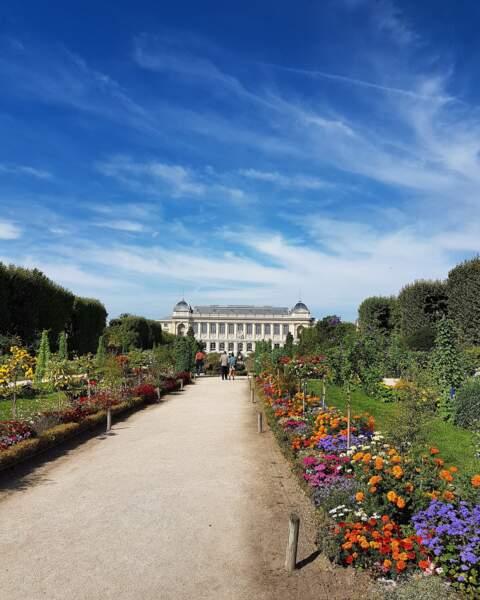Why do some streets in Paris have no name?
Lane A/1, Lane AC/12, Lane AD/15, these names designate streets for which no identification has been recorded. They are usually accesses to municipal workshops, ramps leading to the ring road or tunnels. As these places are not intended to house inhabitants, no names have been recorded. The system is simple: two letters of the alphabet, a slash and the number of the arrondissement.
However, these "unnamed roads" sometimes designate pedestrian walkways or inhabited streets. Some of them are even in the centre of Paris, like the A/1 lane near Place Vendôme. Street names are bound to change, and unnamed streets are no exception. In 2013, for example, five years after the death of singer Miriam Makeba, lane AA/12 became rue Miriam Makeba.
⋙ 11 districts of Paris to (re)discover over a weekend
How is a street name chosen?
Paris now has nearly 6,500 streets, lanes and promenades. Historically, it was the inhabitants who chose the names of the streets in their neighbourhoods according to churches (Saint-Georges), geographical features (bridge, hill, etc.) and trades (Rue des Boulangers, Rue de la Ferronnerie). Sometimes, the sociology of the place also made it possible to designate the street, such as rue Vide-Gousset in the 2nd arrondissement (a den of thieves!) or rue du Petit Musc in the 4th arrondissement, which was very popular with prostitutes.
There was no official map that exhaustively recorded the names, especially as some streets had several names that were only passed on orally (from the 17th century onwards, under the reign of King Henri IV, on the advice of Sully, the streets and lanes were increasingly given royal names: rue Dauphine, place Royale, Île Saint-Louis, quai d'Anjou, etc.) To put an end to the risk of multiple names for the same street and to cope with the expansion of the city, the royal power assumed the right to designate each street with an official name. As it was impossible to start from scratch, it took more than a century to put everything in order.
Over the centuries, some streets were renamed so as not to be associated with a past that was deemed unseemly. This was the case after the French Revolution and during the Restoration, for example. These periods show that street names play an almost textbook role: they reflect the honours of the time and official history.
It was not until March 1982 that the choice of a street name came within the competence of the municipalities. In general, a street can only be named after a famous or deserving person if he or she has been dead for at least five years. Any resident who wishes to do so can write to the town hall of his or her municipality or district with suggestions.
⋙ Confederate-named streets in the US drive down property prices
Street names: do all countries use the same system?
Many countries and cities around the world have a different way of locating themselves geographically. If you have ever been to New York , for example, you may have noticed that the avenues in Manhattan are designated by numbers. This numbering system was adopted in 1811 at the same time as the grid plan to cope with the extremely rapid growth of the city. The same is true of other historic cities in the eastern United States such as Philadelphia and Washington.
In Japan, the system is more complicated. The address starts with the postal code, then the name of the prefecture, the district, the neighbourhood and finally the block number to which your house belongs. It's a habit to get into!
See also:
THEMES ASSOCIATED WITH THE ARTICLE
Paris
Related articles
What are the closest ski resorts to Paris?

Shopping in Paris: the top shopping centres in Paris

Paris with children - the 20 top highlights for families

What to do in Paris if you love nature: 10 must-see places
Halal restaurant Paris: the top 42 best places

Top 8 Places to Celebrate New Year's Eve 2024 in Paris

Bezons, Val-d'Oise, Île-de-France, France